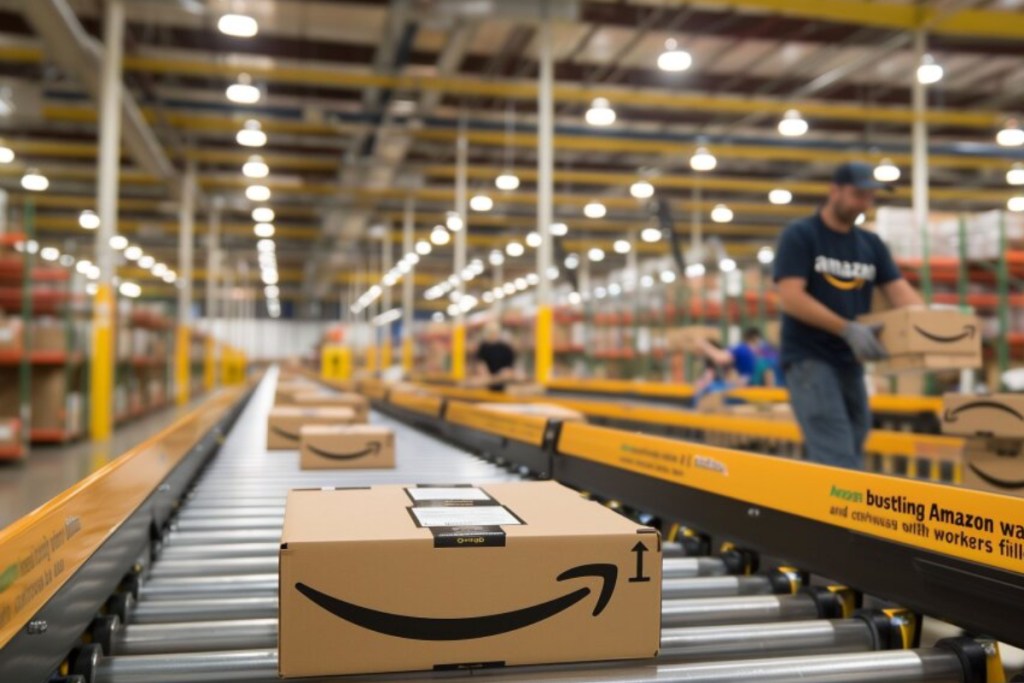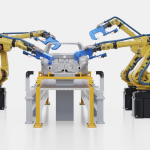Amazon’s new facility in Nagoya blends geothermal climate control and vertically mounted solar panels to drive carbon-free operations in one of the company’s most space-constrained markets. The project doubles as a proving ground for high-density renewable energy systems in logistics infrastructure.
Vertical Design Targets Space and Energy Constraints
Amazon is adopting a vertically integrated clean energy model in Japan. Its forthcoming Nagoya fulfillment center will be the company’s first to incorporate vertical solar panels along the building’s walls, enabling greater energy capture during early and late daylight hours. Combined with rooftop and parking lot solar arrays, the site will generate 5.5 megawatts (MW) of power, Amazon’s largest onsite solar installation outside the U.S.
The vertical panels serve a dual function, also reducing cooling loads by shielding the building from direct sunlight. A 2.9 megawatt-hour (MWh) battery storage system will support the facility’s energy needs during low-sunlight periods, further enabling round-the-clock reliance on renewable power. With land availability limited in dense markets like Japan, this wall-mounted approach reflects a growing industry trend: using vertical real estate to scale clean energy without expanding physical footprints.
Geo-Exchange Cuts Energy Use
The Nagoya site will also deploy a geothermal heat exchange system to manage year-round climate needs. By circulating water through 200 boreholes drilled over 300 feet deep, the system leverages the Earth’s stable underground temperature, cooling the building in summer and heating it in winter.
Amazon estimates that this geothermal system will use 30% less energy than conventional HVAC methods. The move is part of Amazon’s broader Climate Pledge commitments, aiming for net-zero carbon across its global operations by 2040. The facility is on track to earn a “Zero Carbon Certification” from the International Living Future Institute by late 2026, highlighting the company’s effort to codify and validate its decarbonization investments through third-party standards.
Beyond Standard Green Logistics
While solar panels and geothermal loops aren’t new, their integration at this scale, and in such a space-constrained, high-demand logistics environment, signals a shift. Rather than waiting for perfect policy or grid conditions, Amazon is advancing logistics sustainability through facility-level engineering. But as other logistics operators look to emulate the model, a key hurdle remains: upfront capex. Without long-term lease certainty or ownership, many 3PLs and tenants won’t find the payback timeline viable, unless power purchase agreements and shared infrastructure models evolve in parallel.





